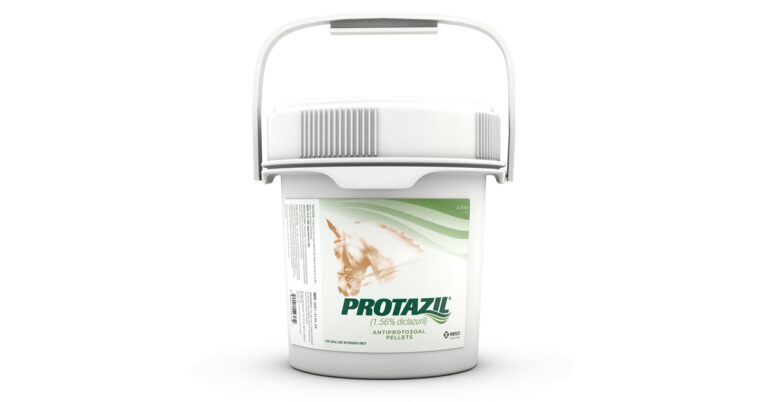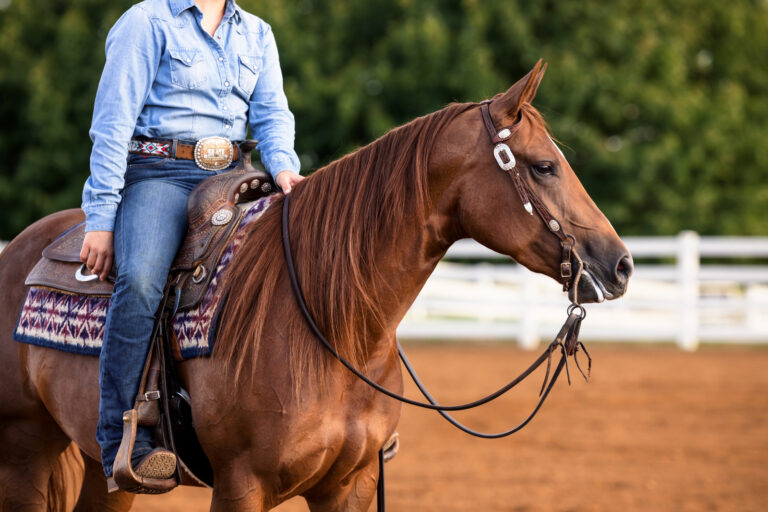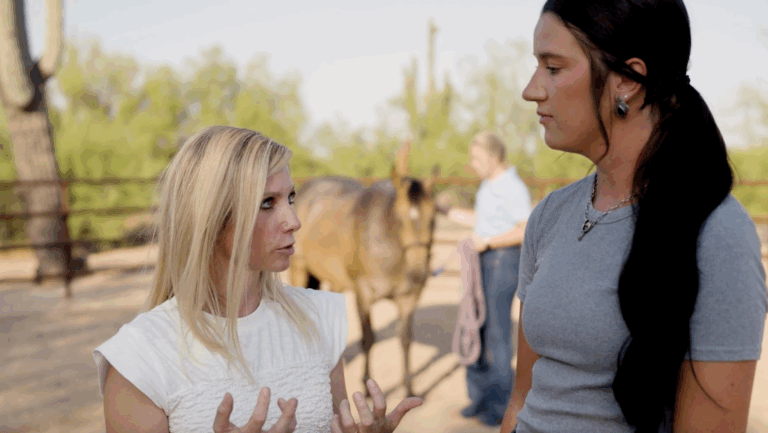
In a panel discussion moderated by Laurie Goodrich, DVM, MS, PhD, DACVS, Director of Orthopaedic Research Center at Colorado State University, expert practitioners spoke about the latest findings on the use of 2.5% PAAG (ArthramidVet®). You can view the full discussion at https://www.youtube.com/watch?v=dkjkGU-0qGw.
How PAAG Works
At this time there is continued research into macrophage recruitment as part of the mode of action of PAAG. Marc Koene, DVM, of Luesche Equine Veterinary Clinic in Germany commented that host macrophages and giant cells enter the PAAG gel and transform into a thin vessel-bearing fibrous network. The hydrogel replaces and enlarges the synovium to serve as a spacer and eventually interacts with collagen to incorporate into the tissues. The gel integrates into the synovium and intima after 14 days, with no gel left floating around in the joint space. This is visible with ultrasound.
In a study on goats (Tnibar, et al.), PAAG increased joint capsule elasticity by 20% in osteoarthritic joints. Pain from osteoarthritis is often related to pressure in the joint capsule subsequent to fibrosis that makes the joint stiff. Increased elasticity using PAAG helps to reduce pain as well as restoring some flexibility to a damaged joint.
Treatment Success Rate
Another study (Tnibar and Stark) treated 20 horses with fetlock osteoarthritis compared to 20 controls treated only with TA-HA (triamcinolone and hyaluronic acid). The PAAG horse results showed 55% improvement at 1 month, 65% improvement at 3 months, and 75% improvement at 6 months, indicating that over time, a treated horse continues to improve. This is in contrast to results seen with TA-HA treatment of 15% improvement at 1 month, 40% improvement at 3 months, and 35% improvement at 6 months. Koene reported that in the study, 80% of owners were satisfied with PAAG results compared to 35% satisfaction with TA-HA.
After examining 8,000 equine joints, Koene has found that when a joint blocks 100% sound with intra-articular anesthesia, he obtains the best results using PAAG. He noted that with ringbone, additional periarticular changes interfere with treatment efficacy so results are not predictable. With proper case selection of other chronic cases of osteoarthritis, there is as much as 70% significant improvement in lameness. Although the mechanism of action is not entirely clear and needs more research, he suggested multiple possibilities: a) increased osmosis and drainage of the joint; b) restoration of capsular elasticity; c) decreased joint pressure; and d) possible macrophage recruitment.
Timeframe for Success
Jason Lowe, BVSC, Certif EP, MBA, noted that the clinical effect following PAAG treatment might take 2 – 4 weeks, so owners and veterinarians are advised to be patient. The best results are achieved by resting the horse for 48 hours and then returning the horse to work, with no gallops or competitions for a couple of weeks. No further response in lameness resolution is expected after six weeks, in his experience. It is possible to administer a top-up treatment at 6 – 12 month intervals in horses with partial improvement. In most cases, there is not a need to retreat a horse for as long as two years, though some may benefit from an additional treatment after eight months.
A 2021 study (De Clifford, et al.) examined the efficacy of using PAAG on 26 Thoroughbreds that were Grade 1-3 lame (out of 5 on the AAEP scale) with no chips or fractures. Of the 33 joints treated, lameness was resolved in 83.3% at six weeks compared to 27.3% treated with triamcinolone and 40% treated with hyaluronic acid. There was no difference between all three groups at two weeks post-treatment, but by six weeks, profound differences were noted. The PAAG-treated horses with positive results were still sound at 12 weeks.
Lowe emphasized that if an owner wants fast results, then PAAG is not the treatment of choice. He also cautioned that it should not be used in cases of infectious arthritis, or if lameness does not block to the joint. It also should not be used within at least two weeks of joint treatment with corticosteroid. Following arthroscopy, it is best to delay administering a PAAG injection for 2 – 4 weeks. It is noted that antibiotics are able to penetrate through PAAG gel.
Upcoming Research on PAAG
Goodrich reported on upcoming research being pursued at the CSU Orthopaedic Center on osteoarthritis and post-traumatic osteoarthritis in 16 horses using an osteochondral fragment model in the dorsal radio-carpal subchondral bone. Results are forthcoming in 2024. Another study reported on by Meg Green, DVM, of Contura Vet is evaluating the use of PAAG combined with betamethasone in the fetlock to look at safety and tolerability of the combined treatment.




